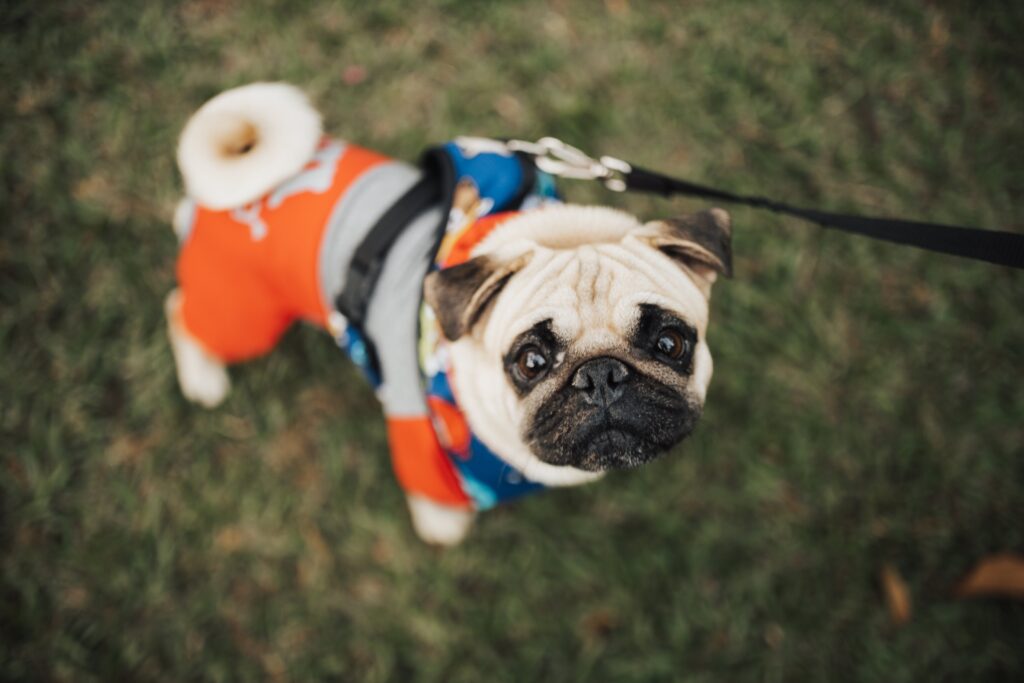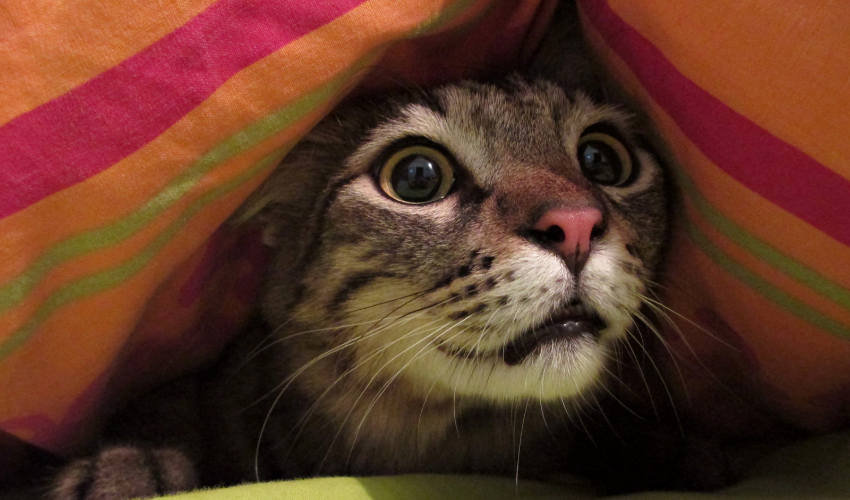Brachycephalic breeds, characterized by their distinctive short-muzzled faces and flattened skulls, captivate us with their adorable looks and charming personalities. While these breeds, including Bulldogs, Pugs, and French Bulldogs, have gained immense popularity, it’s crucial for owners to be aware of the specific health challenges associated with their unique anatomical features. In this in-depth guide, we will explore the distinctive characteristics of brachycephalic breeds and shed light on the health issues they commonly face, empowering pet owners with the knowledge needed for responsible care.
Understanding Brachycephalic Anatomy:
What Defines Brachycephalic Breeds?
Brachycephalic breeds are characterized by their short noses, flat faces, and wide skulls. This distinctive facial structure contributes to their endearing appearance but comes with its own set of challenges. Key features include:
Shortened Nasal Passages:
- Brachycephalic dogs have shorter nasal passages, which can lead to respiratory difficulties. This can impact their ability to breathe efficiently, especially in challenging conditions such as heat or during physical exertion.
Prominent Eyes:
- The prominent, bulging eyes seen in many brachycephalic breeds are more exposed and vulnerable to injuries or conditions such as proptosis, where the eye is displaced from its socket.
Flat Skulls:
- The flattened skull shape is a hallmark of brachycephalic breeds. While it contributes to their distinct appearance, it can result in crowded teeth and an increased risk of dental issues.
Common Health Challenges in Brachycephalic Breeds:
1. Brachycephalic Obstructive Airway Syndrome (BOAS):
BOAS is a collective term for respiratory issues commonly found in brachycephalic dogs. It includes stenotic nares (narrow nostrils), elongated soft palate, and an obstructed upper airway. Dogs with BOAS may exhibit symptoms such as noisy breathing, snorting, and difficulty breathing, especially in stressful situations.
2. Heat Sensitivity:
Due to their compromised respiratory system, brachycephalic breeds are more susceptible to heat stress. Owners should be cautious about exposing these dogs to high temperatures, as they may struggle to cool down efficiently through panting.
3. Dental Problems:
Crowded teeth in brachycephalic breeds can lead to dental issues such as misalignment, overcrowding, and a higher risk of periodontal disease. Regular dental care and professional cleanings are essential to maintain their oral health.
4. Eye Conditions:
The prominent eyes of brachycephalic breeds are more exposed and prone to injuries or conditions such as corneal ulcers, proptosis, and cherry eye. Regular eye checks and preventive measures are crucial for eye health.
5. Overheating and Exercise Limitations:
Brachycephalic dogs may struggle with vigorous exercise due to their compromised respiratory system. Overexertion can lead to overheating and, in severe cases, collapse. Owners should tailor exercise routines to their dog’s capabilities and avoid strenuous activities in hot weather.
6. Gastrointestinal Issues:
Some brachycephalic breeds are predisposed to gastrointestinal issues, such as flatulence and regurgitation. Feeding them smaller, more frequent meals and using elevated feeding bowls can help manage these concerns.
Responsible Care for Brachycephalic Breeds:

1. Regular Veterinary Check-ups:
Routine veterinary check-ups are crucial for early detection and management of potential health issues. Your veterinarian can assess respiratory function, dental health, and overall well-being.
2. Weight Management:
Maintaining a healthy weight is essential for brachycephalic breeds, as excess weight can exacerbate respiratory difficulties. Consult with your vet to establish a balanced diet and exercise plan.
3. Avoid Overexertion and High Temperatures:
Be mindful of your dog’s exercise limitations, especially in hot weather. Plan walks during cooler times of the day, provide access to shade, and avoid strenuous activities that could lead to overheating.
4. Regular Dental Care:
Implement a consistent dental care routine, including regular brushing and professional cleanings, to prevent dental issues associated with crowded teeth.
5. Monitor Breathing Patterns:
Be attentive to your dog’s breathing patterns, especially during exercise or in stressful situations. Labored breathing, snorting, or signs of distress may indicate respiratory issues that require prompt attention.
6. Provide a Comfortable Environment:
Create a living environment that accommodates the needs of brachycephalic breeds. Use cooling mats, provide adequate ventilation, and ensure they have a comfortable space for rest.
7. Consider Surgery for Severe Respiratory Issues:
In cases of severe BOAS, surgical intervention may be recommended to alleviate respiratory difficulties. Discuss the potential benefits and risks with your veterinarian.
Conclusion:
Owning a brachycephalic breed comes with unique joys and responsibilities. Understanding the distinct anatomy and potential health challenges is essential for providing optimal care. By staying informed, practicing responsible ownership, and maintaining regular veterinary care, you can ensure that your brachycephalic companion lives a happy, healthy, and comfortable life. Remember, the commitment to their well-being extends beyond their charming appearance—it’s a pledge to nurture their health and happiness through informed and compassionate care.














